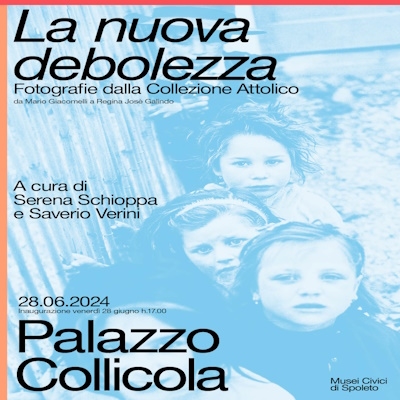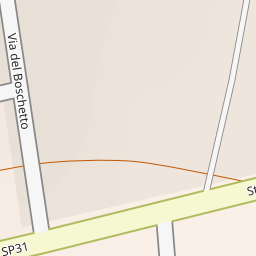A trip along the south-west Umbrian border gives you the possibility of spending a calm day permeated by peace and silence, discovering small medieval villages preserving all their essence.
Start off visiting Penna in Teverina where you will be welcomed by the small medieval village that still preserves, almost intact, its original structure withsome towers and gates. The small village was the residence of the Orsini family who left different traces in the village; visit Palazzo Orsini, one of the main buildings of the village. On the façade you can see the ancient Orsini emblem, together with that of the Arguilara family, proving the tight links between the two families. Near the palace, there are benches called "four seasons' benches": made of travertine, they were formerly in the garden of Maerbale Orsini and are surmounted by busts depicting a young woman, an old man, a man and a boy. The four busts could be the portraits of Giulia Farnese, her son Marzio, Vicino and Maerbale Orsini. Other evidence of the family is located along the provincial road leading to the village, where at the entrance of the estate once owned by the family, but now belonging to the Marchesi del Gallo di Roccagiovine, are monumental statues called "of the Marmalocchi", allegorical figures made by Pirro Ligorio, the creator of Villa d'Este gardens. The flat-shaped rose at the base of the structure indicates the attribution to the Orsini family.
From Penna in Teverina, head to the near Giove where you can see another example of a well-preserved medieval village that alternates arches, stairs and buttresses. The village is surrounded by the remains of the castles' beautiful walls and marked by the impressive Palazzo Ducale (The Duke's Palace). It dates from the 17th century, before belonging to the Acquarone's dukes, with a considerable loggia and a unique spiral staircase which can accommodate coaches. In the heart of Giove, visit then the parish church of Santa Maria Assunta, finished in 1775: within it observe the evocative Madonna in Gloria that is located on the apse. It is a panel from the late 15th century inserted into a magnificent stucco frame decorated by cherubs. Along the road to Amelia rises the Church of San Rocco, now War Memorial preserving a cycle of frescos of a Foligno school, depicting sacred scenes.
Now move to Attigliano, a castle of late-medieval origin whose walls are still partially recognizable. It was a fief of the Orsini and Colonna families, occupyin a panoramic position on the edge of a terrace dominating the Tiber valley. The castle's charm is undisputed, even if all that is left are some traces of the walls, six towers and the entrance portal, dating from the 15th century.
The peace of this village will lead you in a journey through time: you can imagine the moat bordering the castle and the noble families, who competed for the village because of its controlling position over the Tiber. The city symbol is the Dolphins' Fountain located in Attigliano's principal square, made in 1885.




































